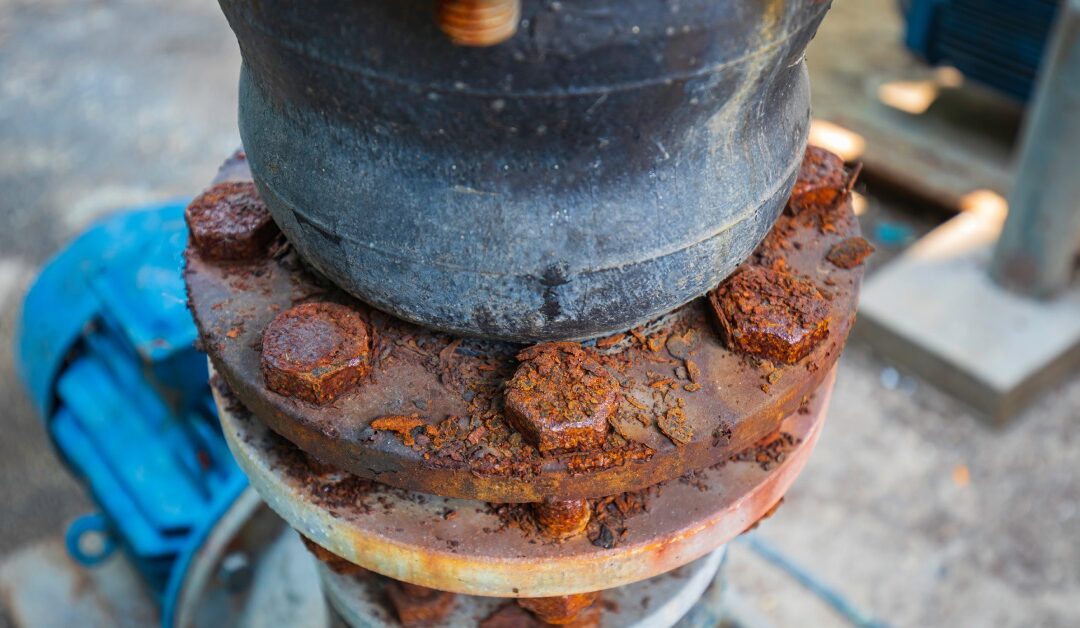Corrosion testing is a critical process in the evaluation of metal durability and performance, particularly in environments that promote oxidative wear. As metals are susceptible to chemical reactions when exposed to certain elements, it is essential to assess their corrosion resistance to ensure reliability and longevity.
Understanding how metals respond to these conditions helps in selecting the right materials for various industrial applications, from construction to transportation. Let’s look at how metals are tested for corrosion resistance and the different methods used in this process.
Why Test for Corrosion Resistance?
Corrosion is a natural process that occurs when metals are exposed to moisture, oxygen, and other environmental factors. It can lead to structural deterioration, aesthetic damage, or even failure of metal components. As a result, corrosion testing is essential to determine the suitability of materials for specific environments and applications.
By evaluating corrosion resistance, engineers and manufacturers can make informed decisions about material selection and design considerations. This helps reduce maintenance costs and prevent potential safety hazards caused by corroded metal components.
The Different Methods of Testing for Corrosion Resistance
There are various methods used to test for corrosion resistance, each with advantages and limitations. Some of the commonly used methods include:
- Salt spray test: This method simulates aggressive conditions by subjecting metal samples to a saltwater mist for an extended period. The resulting corrosion is evaluated visually or through weight loss measurements.
- Immersion test: In this test, metal samples are fully immersed in corrosive solutions such as acids, alkaline solutions, or seawater. The degree of corrosion is measured after a specific time.
- Electrochemical tests: These tests measure the electrical properties of metals in corrosive environments, such as their resistance to current flow. They are particularly useful in evaluating localized corrosion or stress corrosion cracking.
- Exposure tests: By exposing metal samples to real-world conditions, such as outdoor environments or industrial settings, engineers can assess their corrosion resistance more accurately and comprehensively.
Each method has its advantages and limitations, and the selection of a particular test depends on the type of metal being evaluated, the intended application, and other factors.
Factors Affecting Corrosion Resistance
The corrosion resistance of metals is influenced by various factors, including:
- Chemical composition: Different metals have varying levels of corrosion resistance based on their chemical composition. For example, stainless steel contains chromium that forms a protective layer on its surface, making it highly resistant to corrosion.
- Environmental conditions: The presence of moisture, oxygen, saltwater, acids, or other corrosive substances can significantly affect the rate and type of corrosion on metal surfaces.
- Surface finish: The roughness or smoothness of a metal’s surface can impact its corrosion resistance. A smoother surface is less susceptible to corrosion as it provides fewer areas for moisture or corrosive agents to adhere and initiate reactions.
- Mechanical stress: Applied stresses, such as tension, compression, or bending, can also contribute to the initiation and propagation of corrosion in metals.
Testing for corrosion resistance is crucial in ensuring the durability and reliability of metal components in various applications. By understanding the different methods used in this process, as well as the factors that influence corrosion resistance, engineers and manufacturers can make informed decisions about material selection, design considerations, and maintenance practices to prevent costly failures and ensure safe operations.
If you need aluminum silicon bronze alloy for your next project, contact Wieland Diversified without any hesitation. Our experienced team can help you choose the right alloy and provide it in custom shapes and sizes to meet your specific needs.

